Best Space Photos of the Week - April 5, 2014
Spectacular Night Sky Photos for April 2014 (Stargazing Gallery)
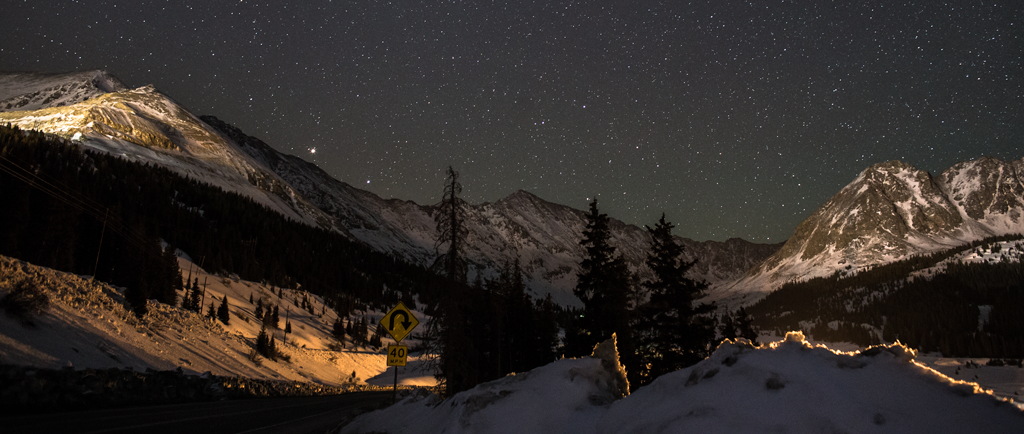
Astrophotographer Daniel McVey sent a photo taken at Fremont Pass in Colorado which includes Mars, Spica, and bright constellation Corvus. Image submitted March 26, 2014. Mars shines as the brightest spot just above the mountains at center left. Spica lies lower to the right of Mars. The stars of Corvus shine above the foreground tree second from right. [See more photos.]
US Air Force Launches DMSP-19 Military Weather Satellite (Photos)
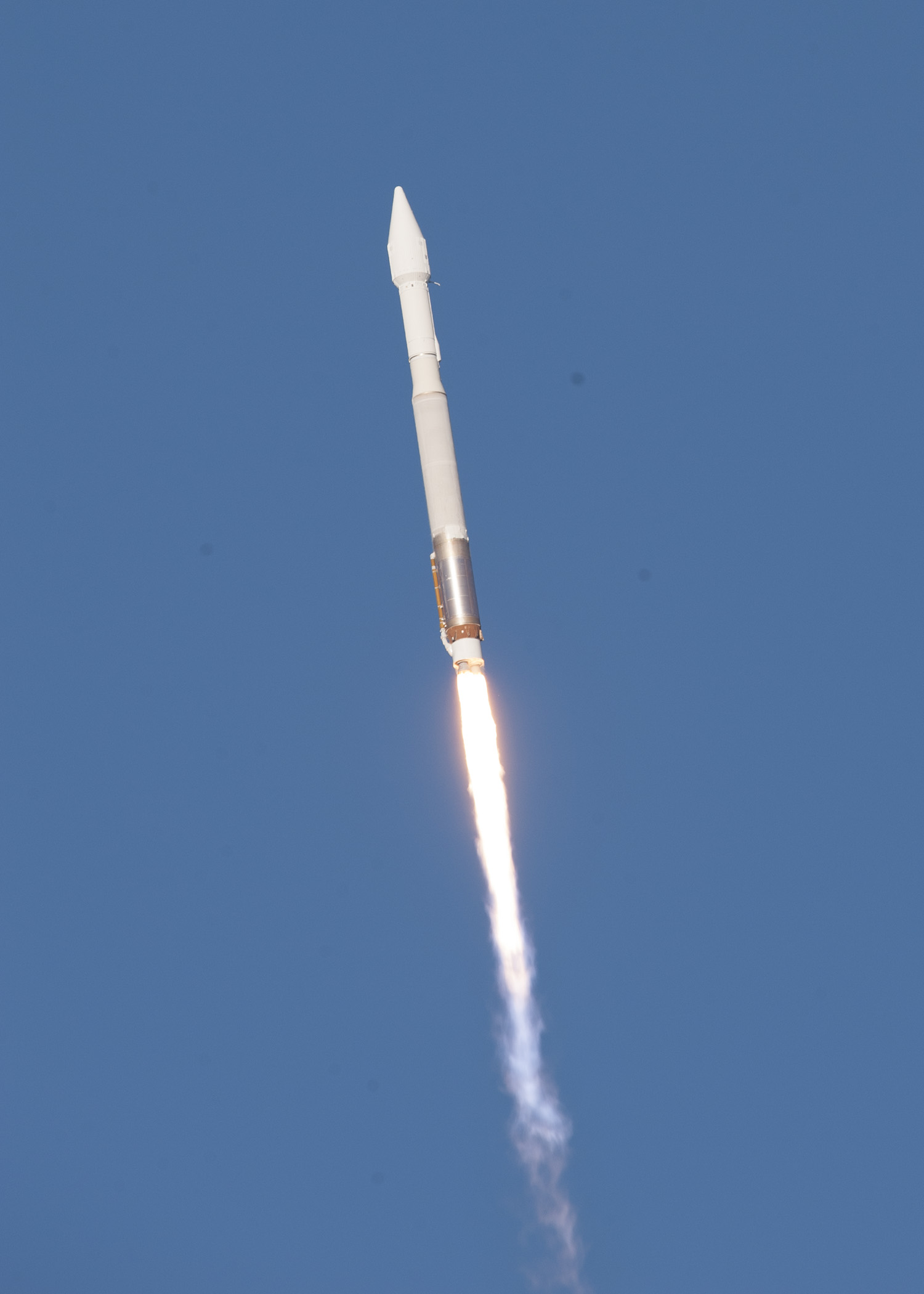
The 19th U.S. Air Force Defense Meteorological Satellite Program payload launches into space atop an Atlas 5 rocket from Space Launch Complex-3 at 7:46 a.m. PDT, April 3, 2014, Vandenberg Air Force Base, Calif. [See more photos.]
Galaxy 'Serial Killer' Caught in the Act of a Galactic Gobble (Video, Photos)
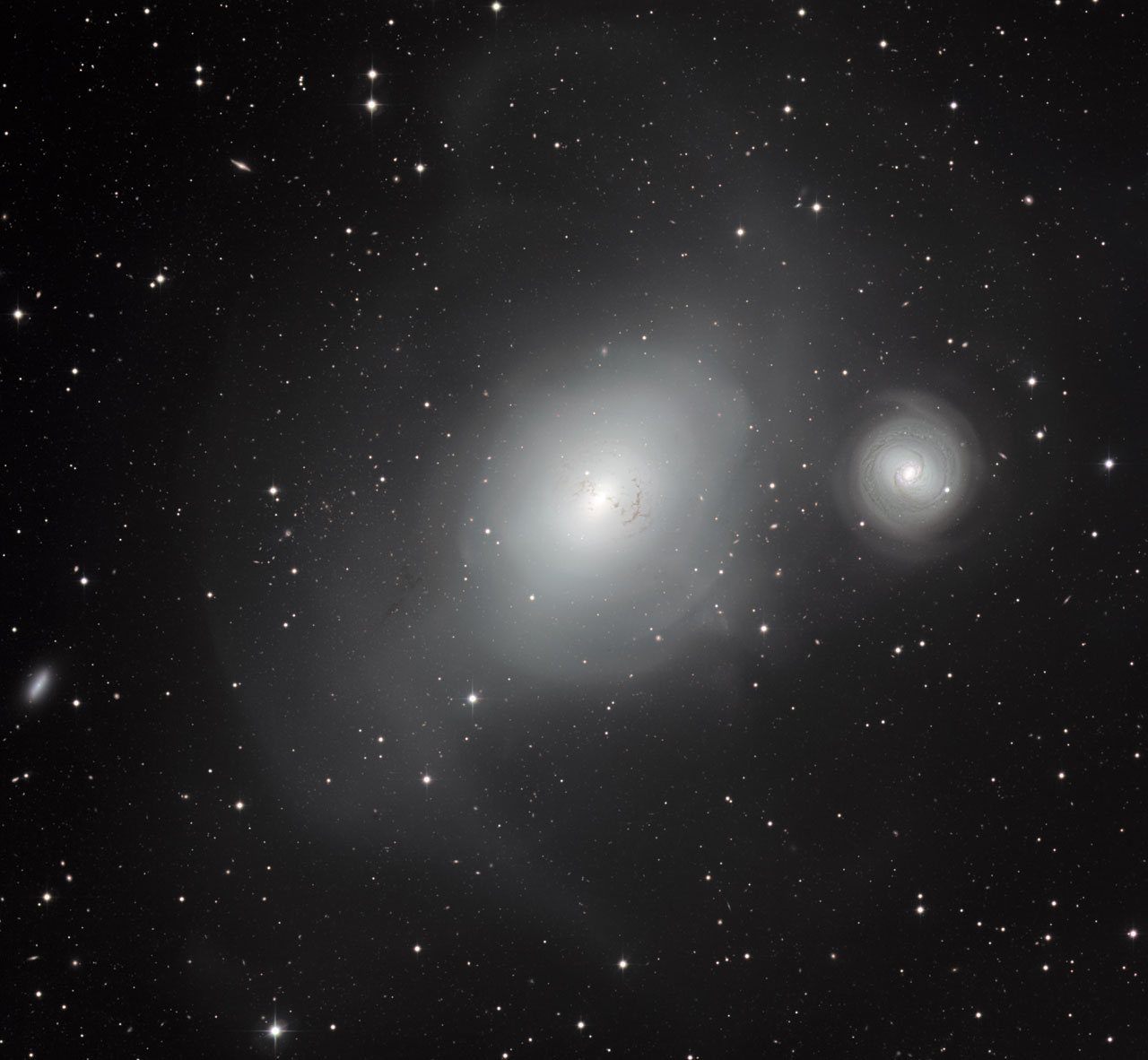
A new photo reveals the crimes of a galactic serial killer, a galaxy that has consumed others and continues its destructive path. [See the video.]
Capturing Venus: An Amateur Astronomer's Famous Moon Shot
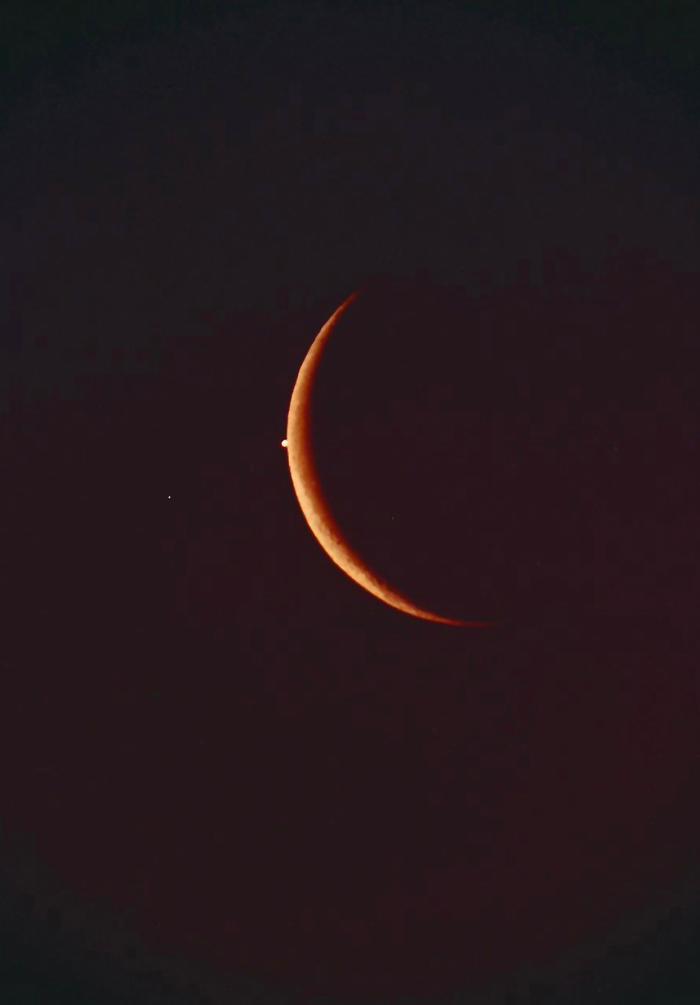
In 1987, Venus and the moon aligned for the camera of Victor Rogus as he stood — trespassed, really — in a farmer's cornfield outside Chicago. [Read the story.]
Earth from Space: UrtheCast Unveils Its 1st HD Camera View from Orbit (Photo)

The world is getting its first look at what the commercial Earth-observation cameras installed on the International Space Station can do. [Read the story.]
How the Moon Was Made: Lunar Evolution Explained (Infographic)

Scientists studying the interior of the Earth and computer simulations of the early solar system conclude that Earth's moon could have formed less than 100 million years after the birth of the solar system. [See the infographic.]
How the Moon Evolved: A Photo Timeline
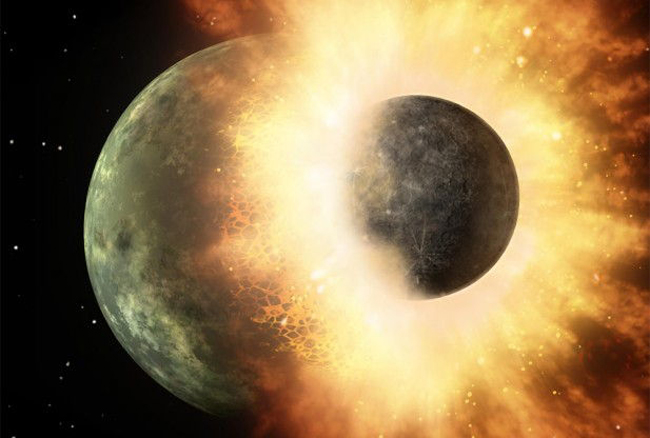
According to a new study, scientists think Earth's moon formed about 95 million years after the first solids condensed in the solar system. Read the Full Story: Moon's Age Revealed, and a Lunar Mystery May Be Solved. While there are competing theories, most scientists think that in those early days of the solar system Earth was impacted by a huge, Mars-sized body that spewed debris into orbit around the nascent planet. [See more photos.]
Get the Space.com Newsletter
Breaking space news, the latest updates on rocket launches, skywatching events and more!
Inside Enceladus, Icy Moon of Saturn (Infographic)

Saturn's moon Enceladus joins Earth, Saturn's moon Titan and Jupiter’s moon Europa in being a solar system body with liquid water on or below its surface. An ocean of water lies beneath Europa's 18 to 24 miles (30 to 40 kilometers) of icy crust. Near the moon's south pole, jets of water escape into space. [See the infographic.]
NASA Uses Mini Rocket Models to Test Mega-Rocket Parts (Video, Photo)

NASA test-fired a scaled down version of the rocket engines that will power the agency's Space Launch System rocket. [See the video here.]
Comet-Chasing European Spacecraft Spies Icy Target (Photos)
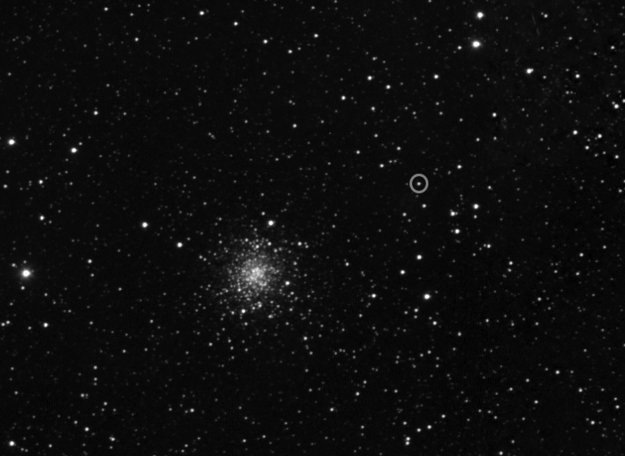
The European Space Agency's comet-chasing Rosetta spacecraft opened its eyes in January after a 10-year voyage across the solar system and a long hibernation in deep space. For the first time since its wakeup call, Rosetta spied its destination. [Read the story.]
Get the Party Started
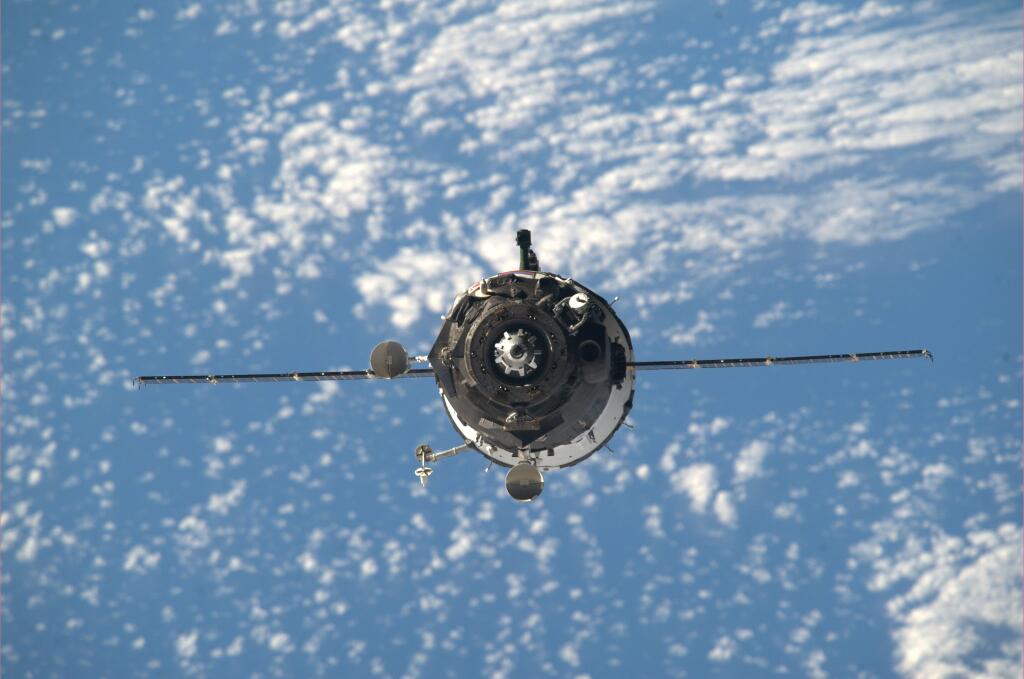
Astronaut Koichi Wakata tweeted this photo of the Expedition 39 Soyuz crew capsule approaching the International Space Station on March 27, 2014. The crew arrived two days late owing to a missed automated maneuvering burn. Wakata wrote: “Our new crewmates arrived on the ISS. Welcome aboard Alexander, Oleg, and Steve! pic.twitter.com/XCFeityMXd.” Wakata represents the Japan Aerospace Exploration Agency (JAXA) as the Commander of Expedition 39. [Read the story.]
Join our Space Forums to keep talking space on the latest missions, night sky and more! And if you have a news tip, correction or comment, let us know at: community@space.com.

Space.com is the premier source of space exploration, innovation and astronomy news, chronicling (and celebrating) humanity's ongoing expansion across the final frontier. Originally founded in 1999, Space.com is, and always has been, the passion of writers and editors who are space fans and also trained journalists. Our current news team consists of Editor-in-Chief Tariq Malik; Editor Hanneke Weitering, Senior Space Writer Mike Wall; Senior Writer Meghan Bartels; Senior Writer Chelsea Gohd, Senior Writer Tereza Pultarova and Staff Writer Alexander Cox, focusing on e-commerce. Senior Producer Steve Spaleta oversees our space videos, with Diana Whitcroft as our Social Media Editor.









